
The Art of Non-Alcoholic Spirits
blog
For decades, spirits and cocktails have fostered a culture of craft, connection, and celebration. But over time, cocktail culture has evolved far beyond the buzz!
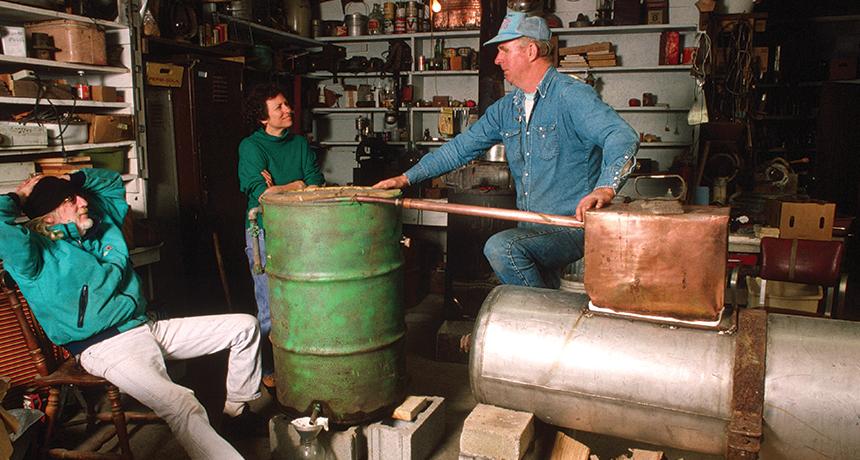
As the distilling industry's premier education provider, we often get questioned about our name — Moonshine University.
If you're unfamiliar with moonshine in its modern context, then we can certainly understand why our namesake might initially raise a brow. You might be surprised to learn that what was once known as "Popskull," "White Lightning," and "Mule Kick" can actually be understood as representative for a breadth of spirits styles — and here's why.
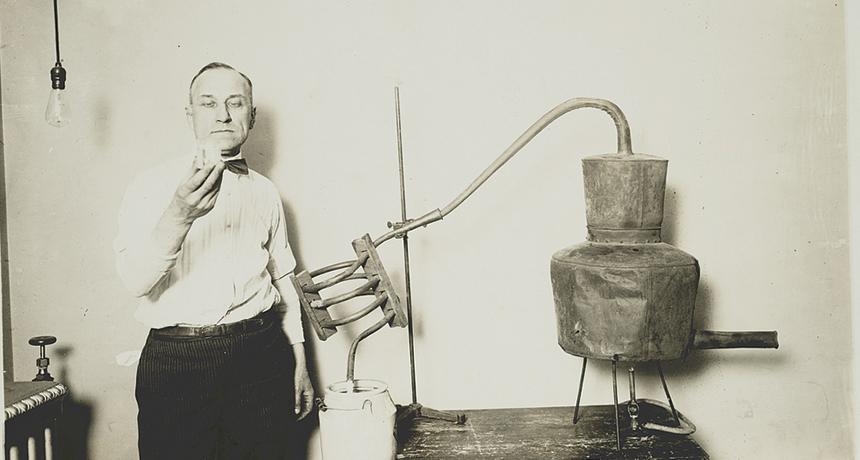
Throughout history, moonshine hasn't always meant the same thing.
Although the term has existed since the 15th century, it wasn't used in reference to liquor until much later. Early records indicate that "moonshining" originally described any illicit nighttime activity. In 18th-century Britain, one such act involved smuggling alcohol. Naturally, the term would later be extended to the illegal liquor itself, which was often distilled in secret under the light of the moon. From the Whiskey Rebellion through Prohibition and beyond, distillers with hidden operations churned out untaxed liquor on unlicensed stills. They became known as moonshiners, and their product, moonshine.
Thanks to this infamous history and an ample supply of pop-culture references, most Americans are familiar with this definition, and in a modern context, it still applies. "Moonshine" continues to be used to describe illegal liquor; but in the distilling business, it has another meaning. The Alcohol and Tobacco Tax and Trade Bureau (TTB) doesn't offer an official definition for moonshine, so it generally covers the "other" or "specialty spirit" classification.
"Moonshine remains the Wild West of spirits, but not because of legality reasons," says Colin Blake, Moonshine University's Director of Spirits Education. "Unlike other spirits, legally produced moonshine can be made with any source material, at any proof, can have coloring and flavoring added — the works. There are no rules for its classification."
In other words, the "moonshine" label we see on spirits today is flexible. It serves as an all-encompassing term for liquor that doesn't fall into a specifically defined category.
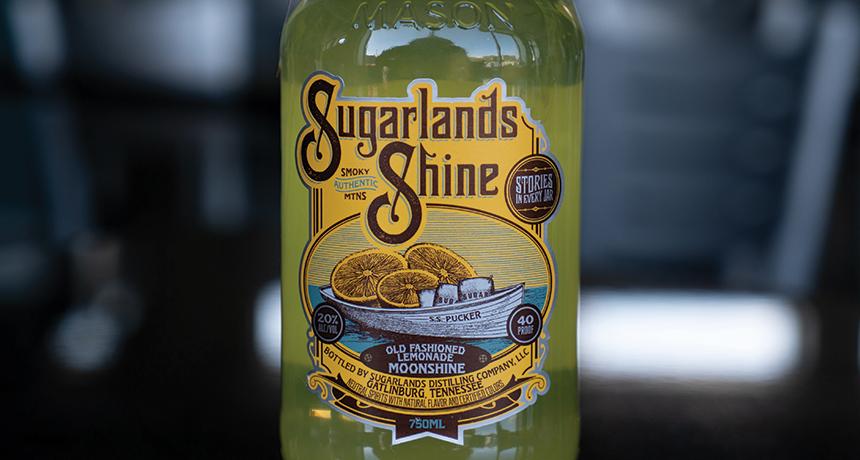
We understand why someone might be tempted to make moonshine illegally, though it isn't something we'd ever recommend. But you might be wondering — why would a distiller want to make and sell a legal moonshine product?
For one thing, the economics of moonshine make it an attractive avenue for smaller operations or startups in need of cash flow. Aged spirits need time to mature in the barrel, so it could be several years before a craft distillery is ready to sell their first bottle of whiskey or Bourbon.
Luckily, moonshine and other un-aged spirits (think gin and vodka) provide a solution. Even while new distilleries wait for their aged products to reach their prime, they can still generate income and brand equity by producing their own white spirits.
Because of the comparably minimal restrictions on the category, moonshine can also be flavored and colored. That means that, by working with a beverage development partner like Flavorman, distilleries can essentially turn the same white spirit into a multitude of unique, flavored products.
Ultimately, the moonshine label you see on products in stores today falls largely into the realm of marketing. Some distilleries want to pay homage to the heritage status of moonshining — after all, there is something romantic about the infamy and legend of this special part of American history. Others choose to diverge completely from this image, but capitalize on the spirit in other ways.
Sugarlands Distilling Co. decided to take the first route, establishing moonshine as the center of its business. After visiting Moonshine University, Sugarlands launched their Gatlinburg, Tennessee, operation where they produce "Sugarlands Shine" in a variety of stand-out flavors — from old fashioned lemonade and blueberry muffin to maple bacon, root beer, and peanut butter and jelly. Fun fact: Sugarlands is also the official spirit for NASCAR which, if you weren't aware, was founded by former bootlegger and ‘shine runner, Big Bill France.
Meanwhile, Koval Distillery in Chicago took the second path. They produce a product that is essentially moonshine, then they "age" it for 24 hours. This short nap in the barrel doesn't add any flavor or color to the spirit, but it does allow the spirit to meet all the standards of being considered a whiskey in the state of Illinois. This distinction allows the distillery to put "white whiskey" on the label, avoiding the term moonshine altogether. The product's packaging reflects this distance of separation too, matching up perfectly with Koval's other whiskey offers (though their white product still manages to stand out in a lineup against its amber brethren).
The moral of the story is this: before condemning modern moonshine, give it a shot. Or two. Or three. You might like what you taste, and if you're a distiller, you may find use for it yet!
Interested in learning more about the process of distilling? Check out Moonshine University's 6- Day Distiller Course. You'll experience intensive, practical, and hands-on learning from industry experts. By the end of the course you will have knowledge of all the components of distillery work — from laying the first brick to getting a finished product on the shelf. Learn more.
Related Content
Evolve Your Distillery For Success: Saint Lawrence Spirits

blog
For decades, spirits and cocktails have fostered a culture of craft, connection, and celebration. But over time, cocktail culture has evolved far beyond the buzz!
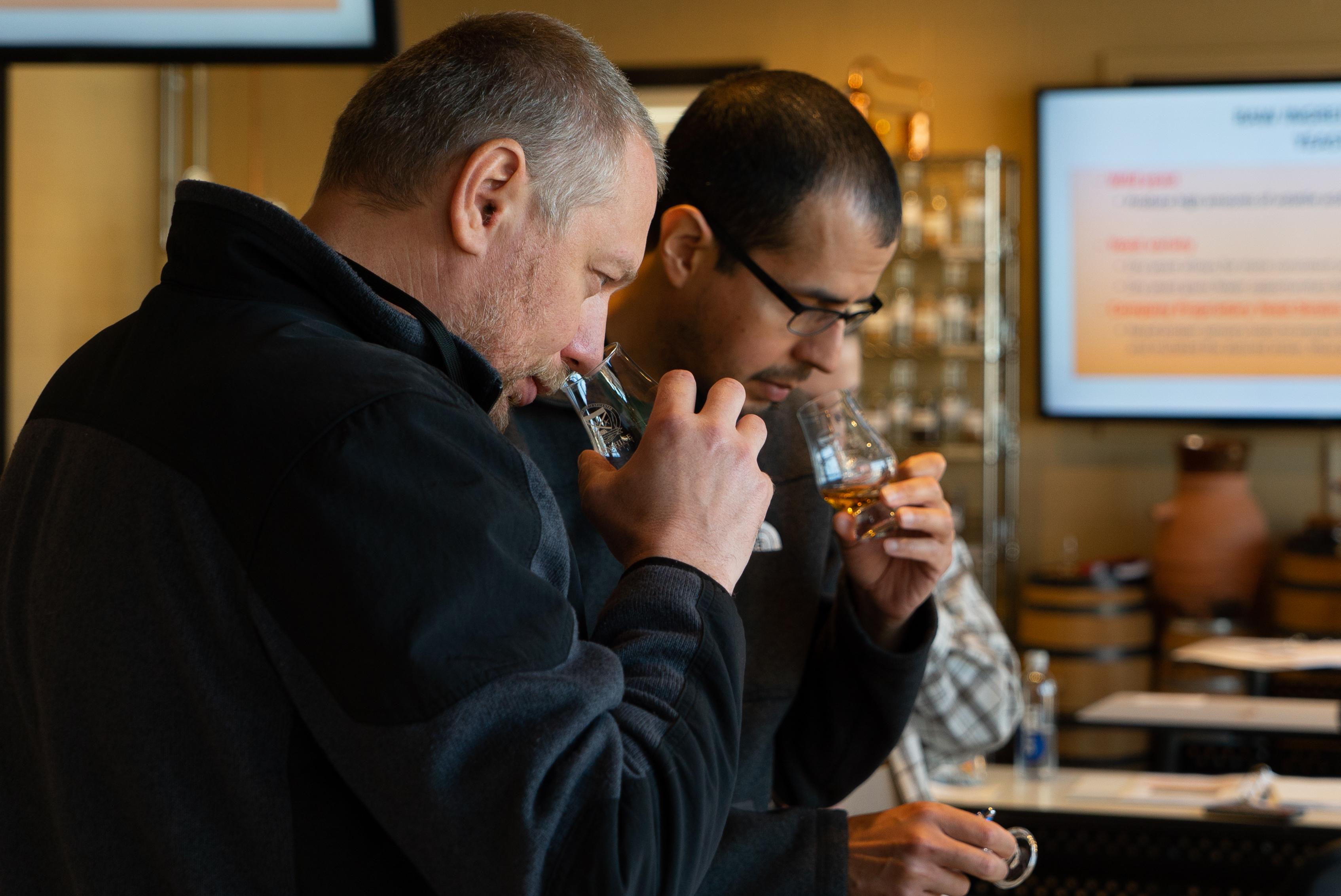
blog
Those that are familiar with the process of crafting distilled spirits may also be familiar with the 10 common congeners that are created during fermentation, and honed during the distillation run. Each congener has its own distinct personality, rendering unique tastes and aromas to the finished spirit.
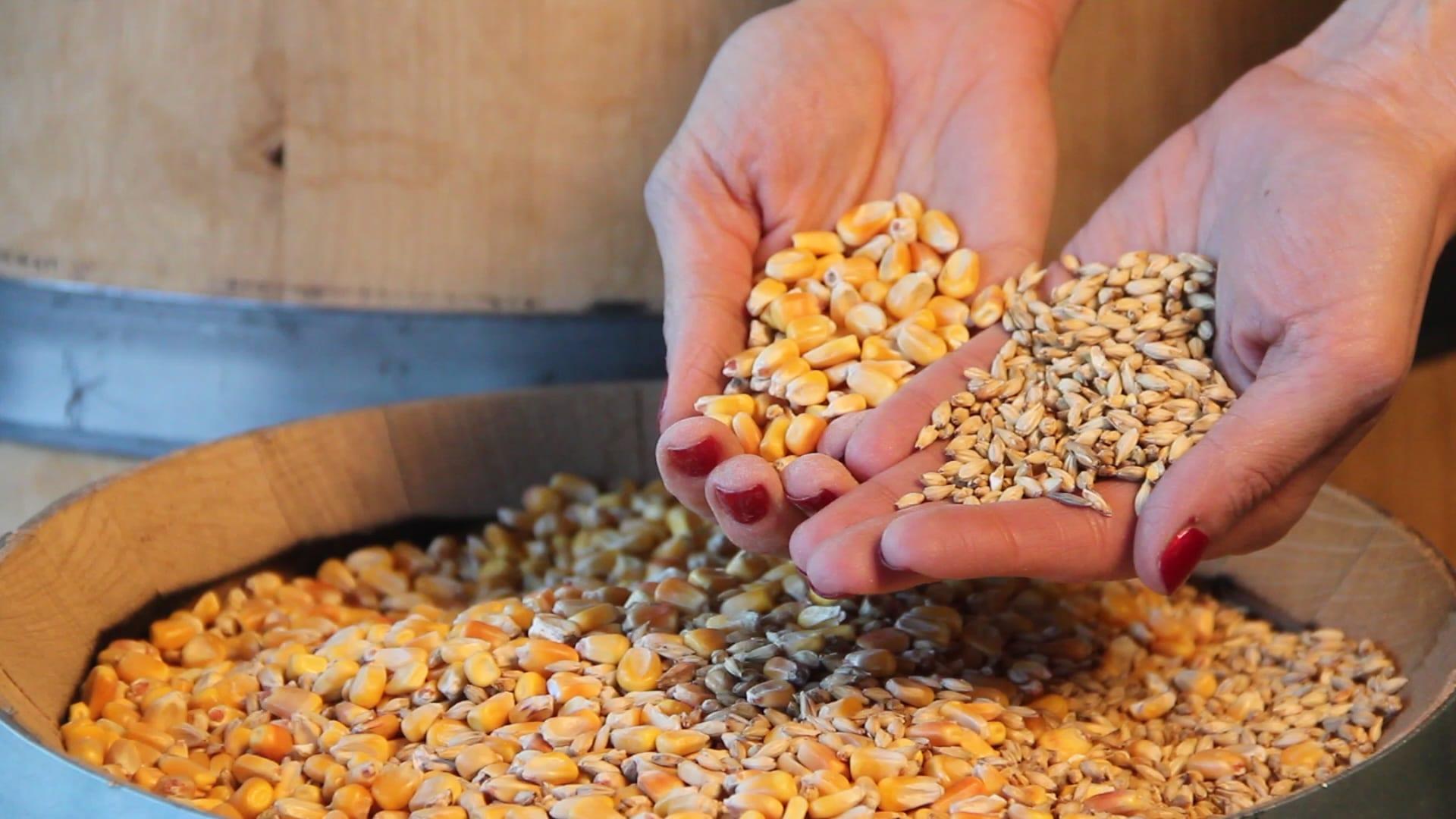
blog
So, you want to start distilling with freshly milled grain. Maybe you're tired of paying top dollar for the pre-milled stuff from the malt distributor, and you're ready to invest in the quality, efficiency, and bulk pricing that comes with milling your own whole grain. But where do you start?